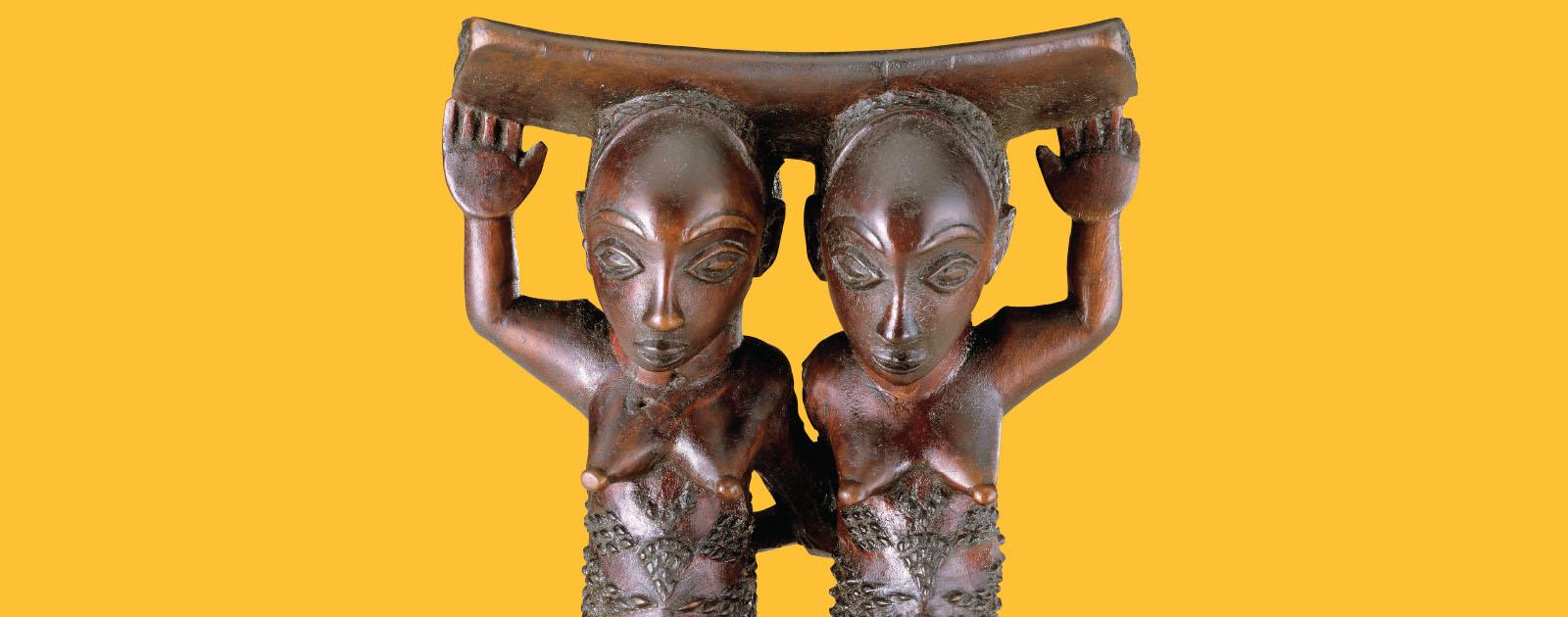African Cosmos showcases outstanding works of art that illuminate Africa’s contributions to the science and practice of astronomy.
African interest in and observation of the cosmos date back as far as the stone circle and megaliths of Nabta Playa, a site in southern Egypt dating to the 5th millennium BC. that has been interpreted as one of the world’s earliest archeoastronomical devices marking star alignments and the summer solstice.
In African Cosmos, selected ancient Egyptian and Nubian works of art frame the topic historically, demonstrating Africa’s early engagement with celestial observations and its foundational place in visual arts and religion. The exhibition also includes 19th- and 20th-century works of traditional African art that illustrate the enduring legacy of astronomical knowledge and its use by artists as a rich source of metaphor. Examples include Dogon (Mali) sculptures and masks that connect earth and sky in ritual reenactments of creation; a Yoruba (Nigeria) sculpture honoring Shango, the thunder deity; a Bamana (Mali) antelope crestpiece with an open-work mane that suggests the sun’s path through the sky each day as metaphor for the mythic origins of agriculture; and the drawing of a Kongo cosmogram in Haiti depicting the four moments of the sun, a symbol for the cycle of human life.
The exhibition also includes works by African contemporary artists who draw on the cosmos for inspiration.





